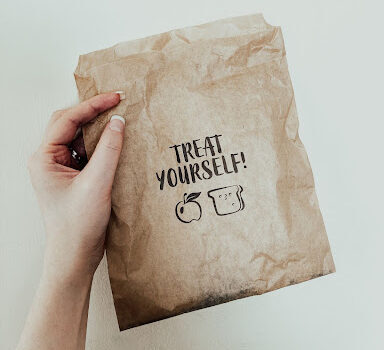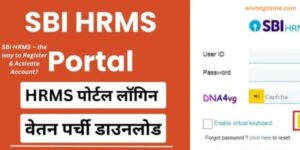An Overview Of Paper Food Packaging
4 min read
An Overview Of Paper Food Packaging
Food packaging can be produced from a range of materials, such as paper and cardboard. Paper packaging in the form of bags or parchment paper can be used to package loose food. Cartonboard is commonly used to package liquid and dry foods, frozen items, and fast food.
Corrugated board is commonly used as primary packaging and in direct contact with food (for example, pizza boxes). Paper food packaging is used for confining foods, offering information about the ingredients and nutritional features of the contents, and supplying convenience and accessibility during usage and intake, in addition to protection and preservation – and therefore maintaining the food’s shelf life.Paper packaging comes in a variety of materials and shapes, depending on the sort of food being packaged. Everything you need to understand about paper packaging is as follows:
Various Types
Paper is classified as Kraft paper, Glassine, sulfite paper, greaseproof paper, or parchment paper depending on its manufacturing method and packing purpose.
- Kraft paper is the most durable type of paper and is commonly used to package flour, sugar, and dried fruits.
- Sulfite paper is used to wrap pastries and sweets since it is weaker and lighter.
- Greaseproof paper and Glassine both include densely packed cellulose fibers that improve the paper’s oil resistance, making them ideal for packaging snacks, biscuits, fast foods, and greasy foods. The best example is wholesale paper food tray.
- Parchment paper has been acid-treated, making it impervious to liquids but not to air and vapor. Butter and lard are packaged with it.
- Paperboard is a substance that is larger and heavier than paper. It is widely used as supplementary packaging that comes into contact with the food but isn’t in direct contact with it. Paperboard is commonly used to make shipping boxes, trays, and cartons. Whiteboard, solid board, chipboard, and fibreboard are all types of paperboard. The only paperboard that is recommended for primary packaging is a whiteboard.
- A solid board is a sturdy and long-lasting paperboard that is commonly used to package milk, juices, and soft drinks.
- Chipboard is the cheapest type of paperboard, and it’s created from recycled paper. It’s used as the outside layer of cereal and tea cartons. Because of its strength and resistance to impact scratches and crushing damage, fibreboard is used to convey bulk food.
- Paper laminates, which are covered or unprotected paper based on Kraft and sulfite tissues, are another type of paper. They’re utilized to package soups, spices, and herbs because of their improved barrier characteristics.
Benefits Of Using Paper Packaging
Paper packaging is a cost-effective, environmentally friendly, and sustainable means to carry and protect a wide range of products, including groceries, clothes like mens jacket, animal feed, medicine, and cement.
-
Sustainable
In the United States, paper-based packaging is recovered more than any other type of packaging.
-
Reliable And Secure
Paper-based packaging goods are supposed to be dependable and secure, from boxes that come at our customer’s doorstep to grocery bags.
-
Practical
Paper-based packaging goods are a practical option made every day by millions of organizations and customers. They are made to be durable but lightweight, and also versatile and cost-effective.
Why Should I Package My Product In Paper?
Paper packaging provides a sustainable solution for carrying goods, shipping in bulk, and packaging medicines and cosmetics for all of us. Advantages include:
-
Cost
While giving a great level of flexibility and customization, these goods are very cheap to buy.
-
Convenience
Paper packaging is convenient since it is strong, can carry a lot without collapsing, and can be readily recycled.
-
Flexibility
Paper packaging is extremely flexible, as it is both light and robust. Consider the brown paper sack: it could be used to carry groceries, as a bag for lawn cuttings, as durable book covers for children, composted, or kept to be reused as a paper bag. The possibilities appear to be limitless!
Disadvantages Of Paper Packaging
-
Poor Barrier Properties
Alternative packaging materials, such as plastic, provide less of a barrier to air, light, and microorganisms than paper. As a result, when stored in primarily paper packaging, the commodities it houses – particularly food products – have shorter shelf lives. To improve the barrier qualities of paper, plastic is frequently placed in the plastic layers of laminates. It is also stored in can packaging by a reputable can packing machine to extend the shelf life.
-
It Occupies More Landfill Space Than Plastic
Because paper is less thick than other types of waste, it takes up more room in landfills than the same weight plastic. 1 pound of paper, for example, takes up more room in a landfill than 1 pound of glass, food waste, or even some plastics.
Conclusion
As we’ve seen, paper packaging has more benefits than drawbacks and is an eco-friendly and adaptable product packaging option. Using paper as packing material, however, is contingent on its intended use or application.







